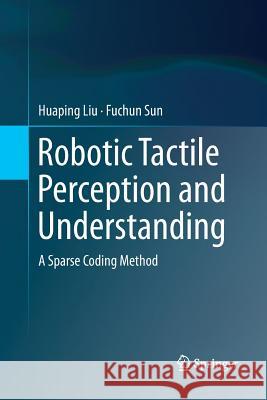Robotic Tactile Perception and Understanding: A Sparse Coding Method » książka
topmenu
Robotic Tactile Perception and Understanding: A Sparse Coding Method
ISBN-13: 9789811338731 / Angielski / Miękka / 2018 / 207 str.
Kategorie:
Kategorie BISAC:
Wydawca:
Springer
Język:
Angielski
ISBN-13:
9789811338731
Rok wydania:
2018
Wydanie:
Softcover Repri
Ilość stron:
207
Waga:
0.32 kg
Wymiary:
23.39 x 15.6 x 1.22
Oprawa:
Miękka
Wolumenów:
01
Dodatkowe informacje:
Wydanie ilustrowane











